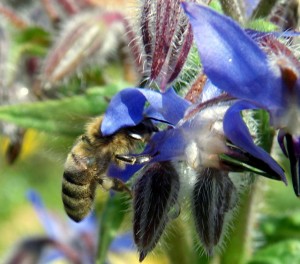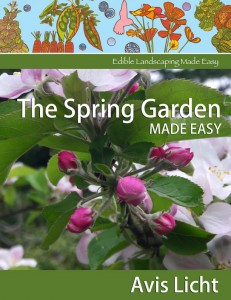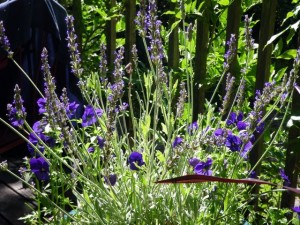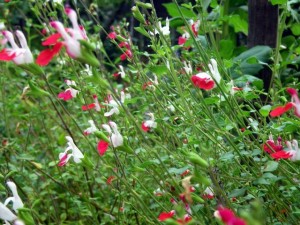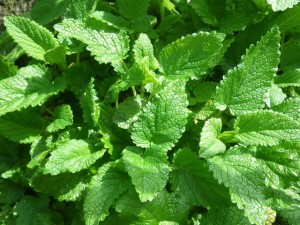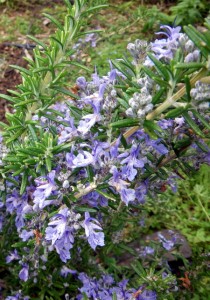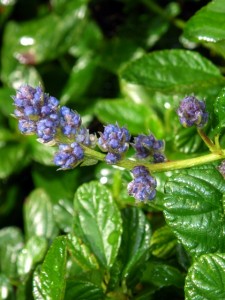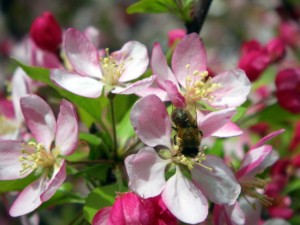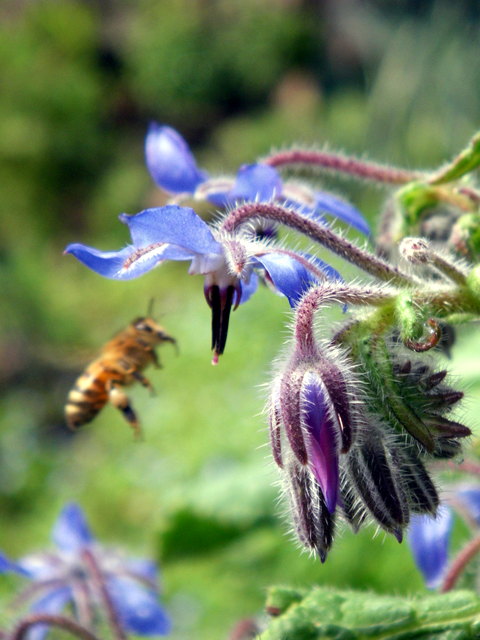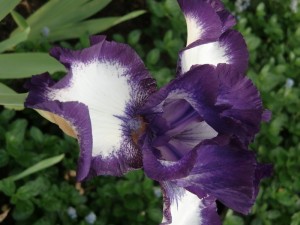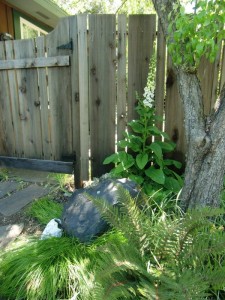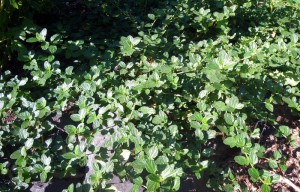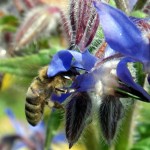
by Avis Licht
Often, when I design a garden people ask me if it will bring bees. Usually, it’s because they are afraid of having bees in the garden. Bees, who are gentle creatures, are more interested in finding nectar and pollen than stinging you. Often people mistake yellow jackets, who come in late summer to eat your sweet fruit or meat at the outdoor barbeque, for bees. They are not the same at all.
Bees are absolutely necessary to the health and productivity of your garden. We need them to pollinate our fruits and vegetables. 35% of our food worldwide is pollinated by bees. Imagine a world without honey. Well, please don’t do that.
Recently there has been a disappearance of bees called Colony Collapse Disorder. Entire hives die without apparent cause. By planting bee friendly plants you can personally aid in their resurgence.
The best plants are ones that are native to your locale or grow well in your climate. Herbs, flowers, and flowering trees all contribute to their food source.
Using only organic controls in the garden is another way of protecting your bees.
Don’t forget to buy my ebook on The Spring Garden Made Easy
There are many wonderful bee plants. These are a few of my favorites.
1. Lavender: For millenium lavender has been used in soaps, balms and sachets as well as medicinally for its calming effect. My local ice cream shop makes the best honey lavender ice cream. Grow it in full sun, well drained soil, in climates that don’t go below 20 deg F.
2. Salvias: In the sage family there are many herbal and ornamental varieties of Salvias. Bees and hummingbirds love them and they come in many colors.
3. Lemon Balm, Melissa officinale – In the mint family, Lemon Balm has a wonderfully lemony flavor for tea. It is considered one of the premier bee plants. Melissa is a Greek word meaning honeybee.
4. Ceanothus– California lilac (many varieties). Many native plants are helpful to the bees. The California Lilac grows on the hills in California and as its name suggests is wonderfully fragrant. It flowers in the blue, purple and whites and can be a very low growing shrub or up to 15 ft. Well drained, sunny sites are what it needs to thrive. It requires very little care.
5. Rosemary – One of the most loved herbs for cooking, rosemary is easy to grow and long lived. The bees love it. In my garden it starts to bloom early in Spring and is under the apple trees which are just starting to bloom. This companion planting encourages the bees to pollinate my fruit trees.
In the herb family you can plant Basil, Catnip, Dill, Fennel, Hyssop, Lavender, Parsley, Rosemary, Thyme, and Sage to encourage your friendly bees.
In the ornamental flowers, try Agastache, Salvia, Bachelor Button, Black Eyed Susan, Clematis, Coreopsis, Lantana, Larkspur, Sweet William , Yarrow, and Zinnias.
In shrubs, Ceanothus, Manzanita, Arbutus, Mahonia and Philadelphus are beautiful and useful.
The Crab Apple tree blooms early and is absolutely buzzing with activity.

 Follow
Follow

